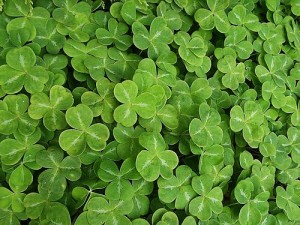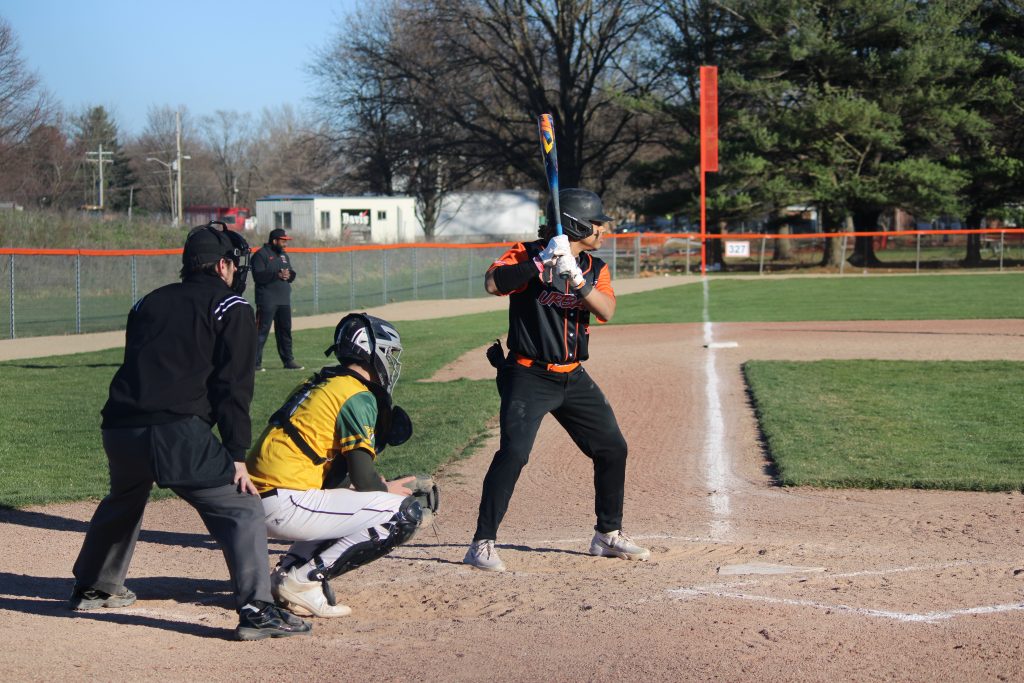St. Patrick’s Day

Regardless of what you are, or what you‘re heritage is, you’re probably very aware of St. Patrick’s Day — the traditional Irish holiday celebrated each year on March 17. And maybe you mark this festive day by sporting your best bright green shirt and meeting up with friends to celebrate the spirit of this holiday. But, believe it or not, there’s a lot more to St. Patrick’s Day than simply wearing green and drinking. For instance, who was Saint Patrick? Why do we have this holiday? Why do we devote an entire day to him? As the luck of the Irish would have it, below are the answers to these questions as well as a lot more information about this historic holiday.
St. Patrick’s Day is the Roman Catholic feast day that honors St. Patrick, the patron saint of Ireland. The feast day of St. Patrick has been observed in Ireland on March 17 for hundreds of years. The Irish would celebrate their patron saint with dancing, drinking, and feasting on the traditional meal of Irish bacon and cabbage. Today, Irish expatriates, those of Irish descent, and ever-growing crowds of people with no Irish connections whatsoever celebrate St. Patrick’s Day.
The most common traditions on St. Patrick’s Day include wearing green, and enjoying Irish folk music and food. The Chicago River is dyed green yearly during St. Patrick’s Day. The idea was a hit, and continues to this day. Below are fun things you might consider doing during the day of St. Patrick’s.
Shower yourself with green!: The great thing about St. Patrick’s is that you are free with whatever you want to do with yourself. From accessorizing to even painting yourself with a shade of green, no matter how subtle or as wild you want to be, you’re free to go. Be creative, this day will let you express the fun side of fashion.
Try to collect as much information as you can about St. Patrick’s Day: Why else would you be celebrating it, if you’re not aware of what it’s actually about? Saint Patrick has been credited with bringing Christianity to Ireland. Knowing some background information about St. Patrick’s wouldn’t hurt, plus it’s valuable because you’ll be celebrating the holiday yearly.
Eat traditional Irish food: Corned beef, cabbage and lamb stew are some of the foods eaten during St. Patrick’s. Potatoes are about as Irish as you can get and are one of the staples of the Irish diet.
Be Respectful: There may be people who feel offended by your green enthusiasm because this holiday is a spiritual practiced holiday. Explain that you appreciate the early traditions of the holiday and that you aren’t intending to dishonor those traditions – you are just trying to have fun.
Another fun fact about St. Patrick’s Day is that there are traditional symbols that symbolize the event. You would immediately be reminded of St. Patrick’s Day once you encounter these symbols.
Leprechauns: Belief in leprechauns probably stems from Celtic belief in fairies, tiny creatures who could use their magical powers for good or evil. In Celtic folklore, the lobaircin were cranky fairies who mended the shoes of the other fairies. They were also mischievous and delighted in trickery, which they used to guard their fabled treasure.
Corned Beef and Cabbage: Corned beef and cabbage is the traditional meal enjoyed by many on St. Patrick’s Day, but only half of it is truly Irish. The corned beef was substituted for bacon by Irish immigrants to the Americas around the turn of the century who could not afford the real thing. Cabbage has long been a staple of the Irish diet, but it was traditionally served with Irish bacon, not corned beef.
Shamrocks: According to Christian legend, St. Patrick used the three-leafed clover to illustrate the doctrine of the Trinity to his pagan audience in Ireland. In ancient Ireland, the Celtic people revered the shamrock as a sacred plant because it symbolized the rebirth of spring. The shamrock became a symbol of Irish nationalism.
So, why is it celebrated on March 17? One theory is that, that is the day that St. Patrick died. Since the holiday began in Ireland, it is believed that as the Irish spread out around the world, they took with them their history and celebrations. Saint Patrick’s Day has come to be associated with everything Irish: anything green and gold, shamrocks and luck.










